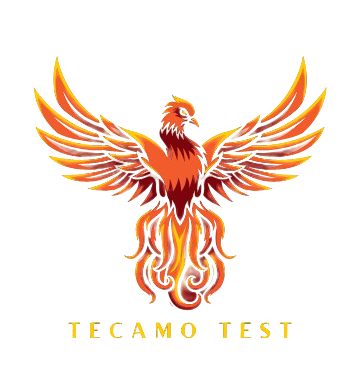Introduction:
In the complex ecosystem of the modern workplace, office ranking plays a crucial role in shaping organizational culture, productivity, and employee satisfaction. From entry-level positions to executive suites, every workplace has its own hierarchy that dictates authority, responsibilities, and the flow of communication. This article delves into the nuances of office ranking, exploring its impact on employees and the overall functioning of an organization.
The Structure of Office Ranking:
- Entry-Level Positions: Entry-level positions are the starting point for many professionals. These roles often involve routine tasks and limited decision-making authority. Employees in entry-level positions typically report to mid-level managers or team leaders and have opportunities for skill development and career advancement.
- Mid-Level Management: Mid-level managers bridge the gap between entry-level employees and top executives. They are responsible for overseeing teams, projects, and ensuring the efficient execution of organizational goals. Mid-level managers often serve as a crucial link for communication between higher-ups and frontline employees.
- Senior Management: Senior management includes executives such as directors, vice presidents, and C-level officers. These individuals are responsible for strategic decision-making, setting organizational goals, and shaping the company’s overall direction. They play a key role in aligning the efforts of different departments toward common objectives.
- Executive Leadership: At the top of the hierarchy are the executives, including the CEO (Chief Executive Officer) and other top-level leaders. Executives focus on long-term vision, corporate strategy, and ensuring the financial success of the organization. They often collaborate with the board of directors to make critical decisions that impact the entire company.
Impact on Employee Dynamics:
- Motivation and Ambition: Understanding the office ranking system can be a powerful motivator for employees. Clear pathways for career advancement encourage ambition and dedication. Knowing that hard work and skills development can lead to promotions fosters a positive work environment.
- Communication Channels: Office ranking establishes communication channels within the organization. Frontline employees communicate with their immediate supervisors, who in turn communicate with mid-level managers. This hierarchical structure helps streamline information flow and ensures that decisions are communicated effectively throughout the organization.
- Team Dynamics: Teams often reflect 울산 남구 휴게텔 the hierarchical structure of the organization. Each team member contributes to the overall success of the team, and team leaders play a crucial role in guiding and coordinating efforts. Understanding one’s role within the team and the broader organizational structure promotes collaboration and efficiency.
- Employee Satisfaction: A well-defined office ranking system contributes to employee satisfaction. Employees appreciate clarity regarding their roles, responsibilities, and opportunities for growth. A transparent hierarchy can also facilitate open communication, reducing ambiguity and potential sources of workplace stress.
Conclusion:
Office ranking is an integral aspect of organizational dynamics, providing structure and order within the workplace. When employees understand the hierarchy, it can lead to increased motivation, improved communication, and a more cohesive and productive work environment. While the hierarchy is necessary, fostering a culture that values collaboration, innovation, and personal development is equally crucial for the long-term success of any organization. Balancing hierarchy with a positive workplace culture is the key to unlocking the full potential of both employees and the organization as a whole.
